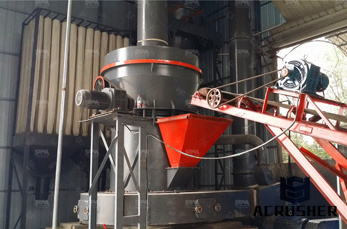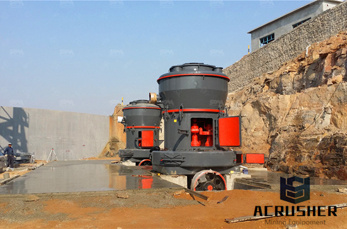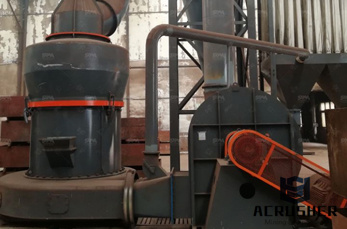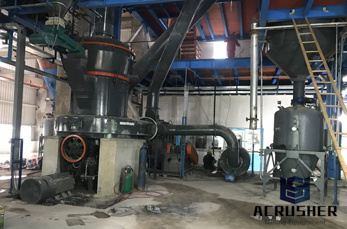What is the production of cement process Answers
Oct 24, 2009· Quality control in the Cement industry forms an important aspect of the production process, because of the complexity of the process involved and .
 WhatsApp)
WhatsApp)
Oct 24, 2009· Quality control in the Cement industry forms an important aspect of the production process, because of the complexity of the process involved and .

Aug 14, 2017· Hi, Following three distinct operations are involved in the manufacturing of normal setting or Portland ordinary cement: 1. Mixing of raw materials 2. Burning 3. Grinding MIXING OF RAW MATERIALS The raw materials such as limestone or chalk and sha...

Portland Cement . Cement: is a material with adhesive and cohesive properties which make it capable of bonding minerals fragments into a compact whole. For constructional purposes, the meaning of the term "cement" is restricted to the bonding materials used with stones, sand, bricks, building stones, etc.

The portland cement is stored outside in large vertical silos to protect it from moisture. 2 As a production run starts, the required amounts of sand, gravel, and cement are transferred by gravity or by mechanical means to a weigh batcher which measures the proper amounts of each material.

Cement manufacturing: components of a cement plant. This page and the linked pages below summarize the cement manufacturing process from the perspective of the individual components of a cement plant the kiln, the cement mill etc.. For information on materials, including reactions in the kiln, see the '' Clinker '' pages.

The manufacturing process of Ordinary Portland cement is made primarily from calcareous and argillaceous materials, such as limestone or chalk, and from aluminium oxide, silica oxide, ferric oxide and magnesium oxide found as clay or shale.

The clinker drops into coolers where it is cooled under control condition. Cooled clinker and 3 to 5 percent of gypsum are ground in ball mill to required fineness and then taken it to storage silos from where the cement is bagged. The equipments used in the dry process kiln are comparatively smaller. The process is quite economical.

Mar 29, 2012· Enjoy the videos and music you love, upload original content, and share it all with friends, family, and the world on YouTube.

Cement is manufactured through a closely controlled chemical combination of calcium, silicon, aluminum, iron and other ingredients. The most common way to manufacture Portland cement is through a dry method. Great wall can provide you the new type dry process cement plant:

The production of cement has 5 stages, it commence with the mixing of two raw materials and completing in the packaging a new cement. Concrete production has a simpler process by mixing the four elements (Cement, water, sand and gravel) in the concrete mixer. It starts with Limestone and clay is crushed together, resulting in powder is then mixed.

States. The balance of domestic cement production is primarily masonry cement. Both of these materials are produced in portland cement manufacturing plants. A diagram of the process, which encompasses production of both portland and masonry cement, is shown in Figure As shown

produce only cement and 2 produce only clinker [1]. Cement Production – The manufacture of cement is a twostep process, notably, clinker production and cement grinding. In the first step, the raw materials are fed to the kiln system to produce clinker. Clinker consists of silicates, aluminates and ferrites of calcium

Process Discretion: Wet process, Semidry process, Dry process and Finish process. The environmental im pact of the cement production and its variations between different cement .

From crisp packets to concrete buildings: the European Cement Industry demonstrates how everyday waste fuels cement manufacturing CEMBUREAU''s response to The Guardian''s ''Concrete Week'' Eurelectric and Energyintensive industries call for an ambitious and comprehensive EU Industrial Strategy to enable industry''s contribution to the EU ...

Aug 15, 2017· Hi, Following three distinct operations are involved in the manufacturing of normal setting or Portland ordinary cement: 1. Mixing of raw materials 2. Burning 3. Grinding MIXING OF RAW MATERIALS The raw materials such as limestone or chalk and sha...

Aug 27, 2015· Cement Manufacturing Process August 27, 2015 S. C. Rangwala Cement, Construction Material 0 The entire manufacturing process in a modern plant is now controlled through a microprocessor based programmable logic control system to maintain uniform quality of cement and a high rate of production.

Jul 26, 2016· Determining the percentage of water to add to cement is a technical process. If too much water is added, the resulting concrete can be weak and susceptible to breakage. But if too little water is added, it will be difficult to shape and finish the concrete before it sets. Cement, aggregates and concrete are the basic foundation of all concrete ...

CEMENT production is the manufacture of hydraulic cement from rock usually quarried by the manufacturer. The principal cement product is Portland cement, patented in England in 1824 and originally used as a substitute for lime mortar, but small quantities of natural cement and pozzolana are also manufactured.

Jun 10, 2014· Cement manufacturing process 1. is cement ? of Cement Manufacturing process. of Kiln process. burn wastes ? 2. Portland Cement . A hydraulic cement made by finely powderising the clinker produced by calcining to incipient fusion a mixture of argillaceous and calcareous materials. .

Great Wall is the professional manufacturer of cement machinery with the production experience for more than a half of century. Our company put forward a suit of highly effective solution for frequently asked questions in the process of cement production. This solution can effectively reduces power consumption and dust pollution of cement plant, reduces manual operation, as well as improves ...

Nov 08, 2014· Process of manufacture of concrete 1. ... • The volume of gauge box is equal to the volume of one bag of cement. ... production of concrete at jobsite, or small quantities. Advantages: Combined materials transporter and batching and mixing system. Oneman operation.

Methods of Manufacturing Process of Cement. At present Portland Cement is manufactured by two processes, Dry Process, and Wet Process. The main difference between these two methods of manufacturing of cement is that in the dry process, calcareous and argillaceous raw materials are fed into the burning kilns in a perfectly dry state.

Aug 30, 2012· The remaining cement is shipped in bulk quantities by mean of trucks, rails or ships. Cement Manufacturing Process Flow Chart. After explaining the complete process of cement making, flow chart would be like that. flow chart present the summary of whole process as shown below.

Sep 19, 2019· The cement manufacturing process involves several key steps, including preparing the raw materials, grinding the materials together, heating the newly formed clinker in a kiln, and finishing the cement with fine grinding. Some of the main ingredients used to make cement include limestone, clay, shale, iron, and sand. Different manufacturing ...
 WhatsApp)
WhatsApp)